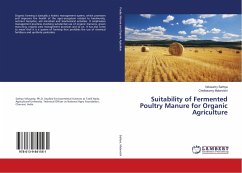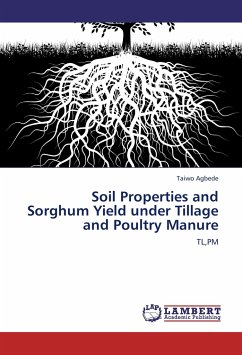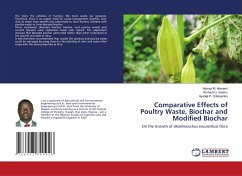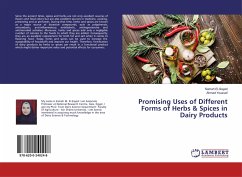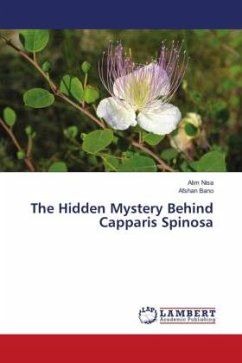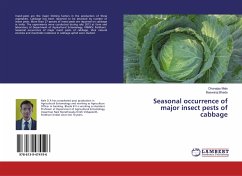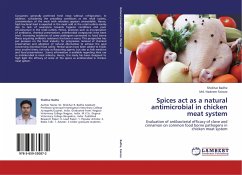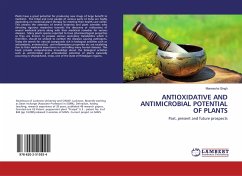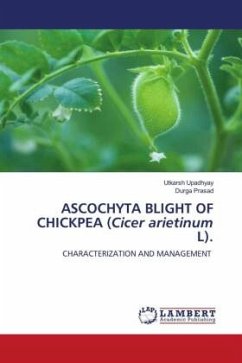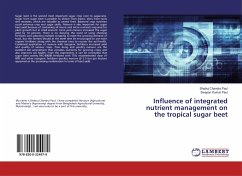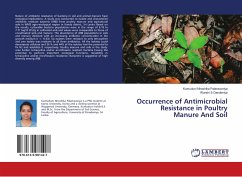
Occurrence of Antimicrobial Resistance in Poultry Manure And Soil
Versandkostenfrei!
Versandfertig in 6-10 Tagen
27,99 €
inkl. MwSt.

PAYBACK Punkte
14 °P sammeln!
Nature of antibiotic resistance of bacteria in soil and animal manure have ecological implications. A study was conducted to isolate and characterize antibiotic resistant bacteria (ARB) from poultry manure and agricultural soils in WM3 agro-ecological region in Kandy district, Sri Lanka. Based on the results, culturable bacteria populations were in the range of 6.18 to 7.71 log10 CFU/g in cultivated soils and values were comparable to those of uncultivated soils and manure. The abundance of ARB populations in soils and manure declined with an increasing antibiotic concentration in the growth m...
Nature of antibiotic resistance of bacteria in soil and animal manure have ecological implications. A study was conducted to isolate and characterize antibiotic resistant bacteria (ARB) from poultry manure and agricultural soils in WM3 agro-ecological region in Kandy district, Sri Lanka. Based on the results, culturable bacteria populations were in the range of 6.18 to 7.71 log10 CFU/g in cultivated soils and values were comparable to those of uncultivated soils and manure. The abundance of ARB populations in soils and manure declined with an increasing antibiotic concentration in the growth medium (r = -0.63). Six isolates were resistant to only tetracycline and one isolate was resistant to all three antibiotics. All the isolates could decompose cellulose and 56 % and 44% of the isolates had the potential to fix N2 and solubilize P, respectively. Poultry manure and soils in the study area harbor tetracycline and/or enrofloxacin resistant bacteria having the potential to perform important ecological functions. Variability in tetracycline and/or enrofloxacin resistance characters is suggestive of high diversity among ARB.



